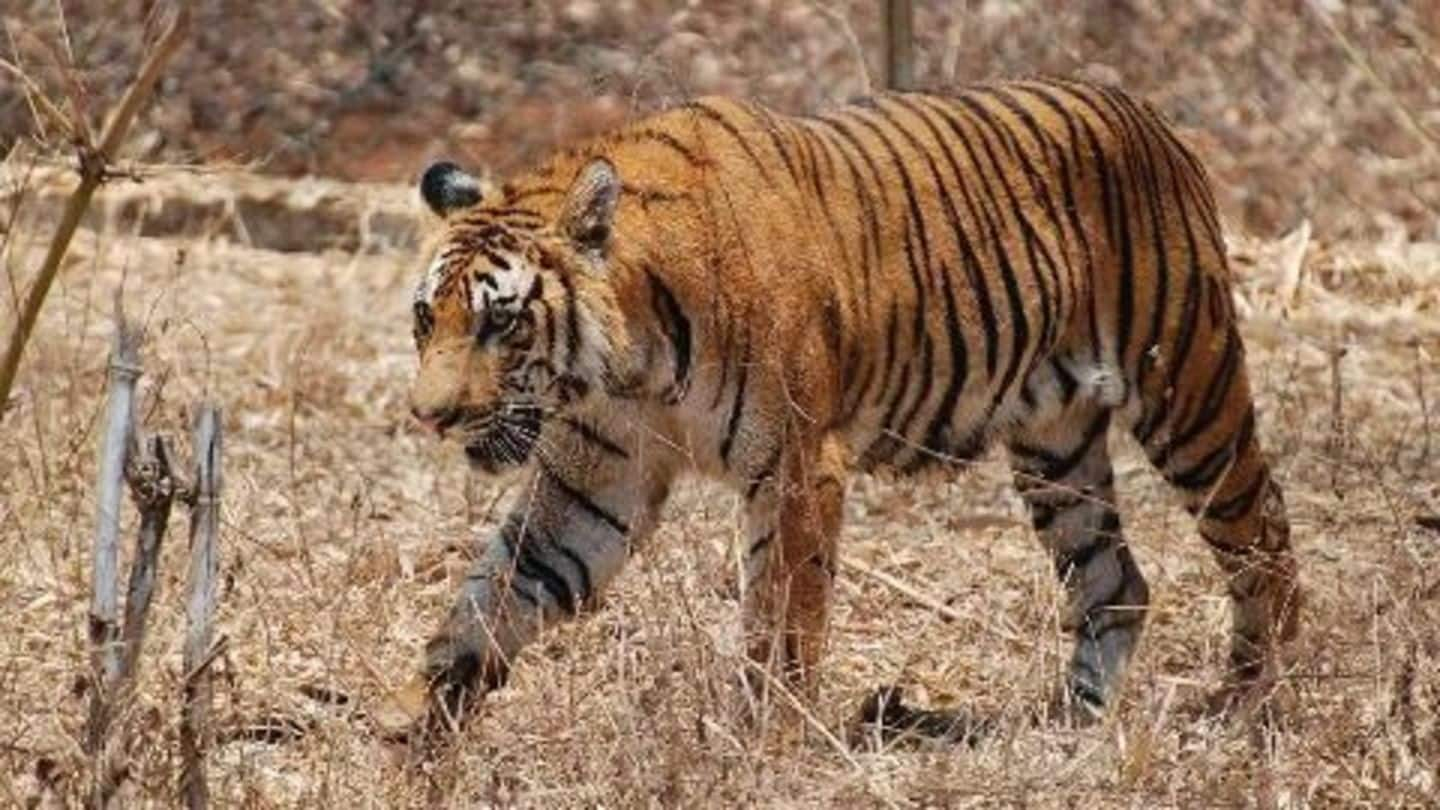
New Wildlife Action Plan invites suggestions
What's the story
A new wildlife action plan for the period 2017-31 has been put in the public domain for inviting suggestions and comments from the people. The plan seeks to ban all mining and big irrigation projects in the wildlife areas. Although it encourages tourism, it also states that "tourism exists for the PAs (Protected Areas) and not vice versa" and hence, aims to regulate tourism.
Information
India: A reservoir of biodiversity
India has 2.5% of the global landmass but holds 8% of global biodiversity and is among the 12 mega biodiversity countries of the world. About 5% of India's land area is protected for conservation of biodiversity.
Background
What is the Wildlife Action Plan?
The Wildlife Action Plan is a roadmap for the conservation of wildlife in the country. It was first proposed in 1982 by the National Board of Wildlife, the apex body for wildlife-related matters headed by the PM. The first National Wildlife Action Plan was implemented for 1983-2001 by Ministry of Environment and Forests. The NWAP-2 improved on NWAP-1 for 2002-16 based on changing needs.
2014
Committee setup for drafting NWAP-3
The government had set-up a committee headed by JC Kala to review the functioning of NWAP-2. The committee based on the evaluation of the NWAP-2 drafted the new National Wildlife Action Plan, NWAP-3 for the period 2017-31. The draft was released on the website of Ministry of Environment, Forest and Climate Change on 4th Feb'16 and is open for public comments till 17th Feb'16.
Definition
What are PAs?
Protected Areas (PAs) are geographical areas demarcated for the conservation of the entire ecosystem including the biodiversity and cultural values. National parks, wildlife sanctuaries, biosphere reserves, etc. are some of the examples of PAs.
Technology Assisted
Drones to montitor PAs
According to the NWAP-3, by 2025 drones may monitor the highly sensitive Protected Areas (PAs) to check against poaching. It urges the Water Resource Ministry to "opt for minor irrigation relying on check dams, ponds, wells and other appropriate water harvesting units", instead of big irrigation projects which affect the ecosystem. Further, it states that infrastructure projects need to be avoided in PAs.
10 Feb 2016
Landscape approach to conservation
The action plan moves away from site-based conservation which looks at specific species and their habitats, and adopts a landscape approach to conservation. Landscape approach takes a holistic view looking not just at biodiversity but also local economy, agriculture, ecotourism, etc. For the first time, it aims to manage the threat to endangered species from free-ranging domestic animals such as dogs, cats, etc.
Shortcomings
What are the shortcomings of the new plan?
The NWAP-3 is silent on various aspects such as the wildlife outside forests which includes wolves, leopards, elephants living on farmlands, wildlife diseases, plan to stop invasive alien species, etc. Use of drones may be seen as a violation of the privacy of local people and may even be used to exploit them. The plan is silent on how feral dogs can be managed.